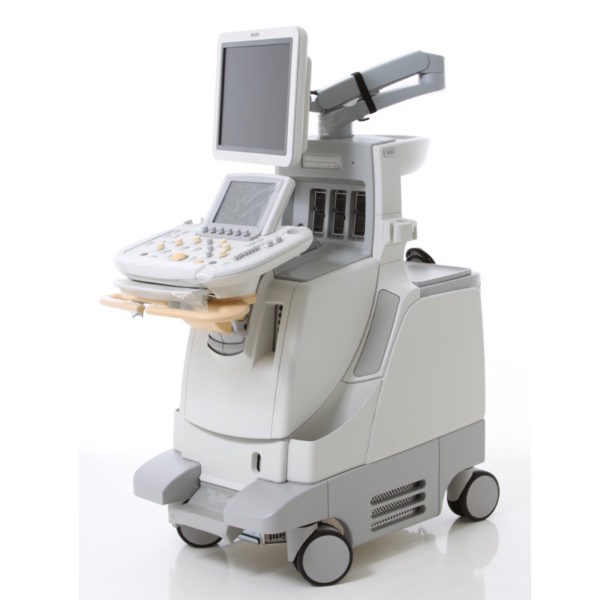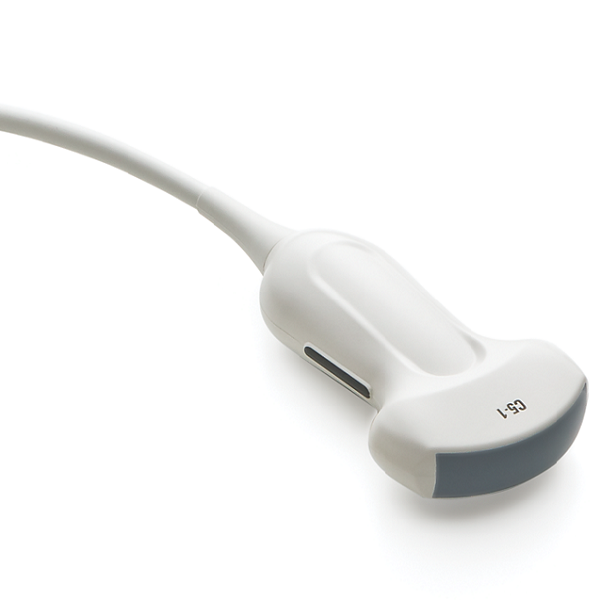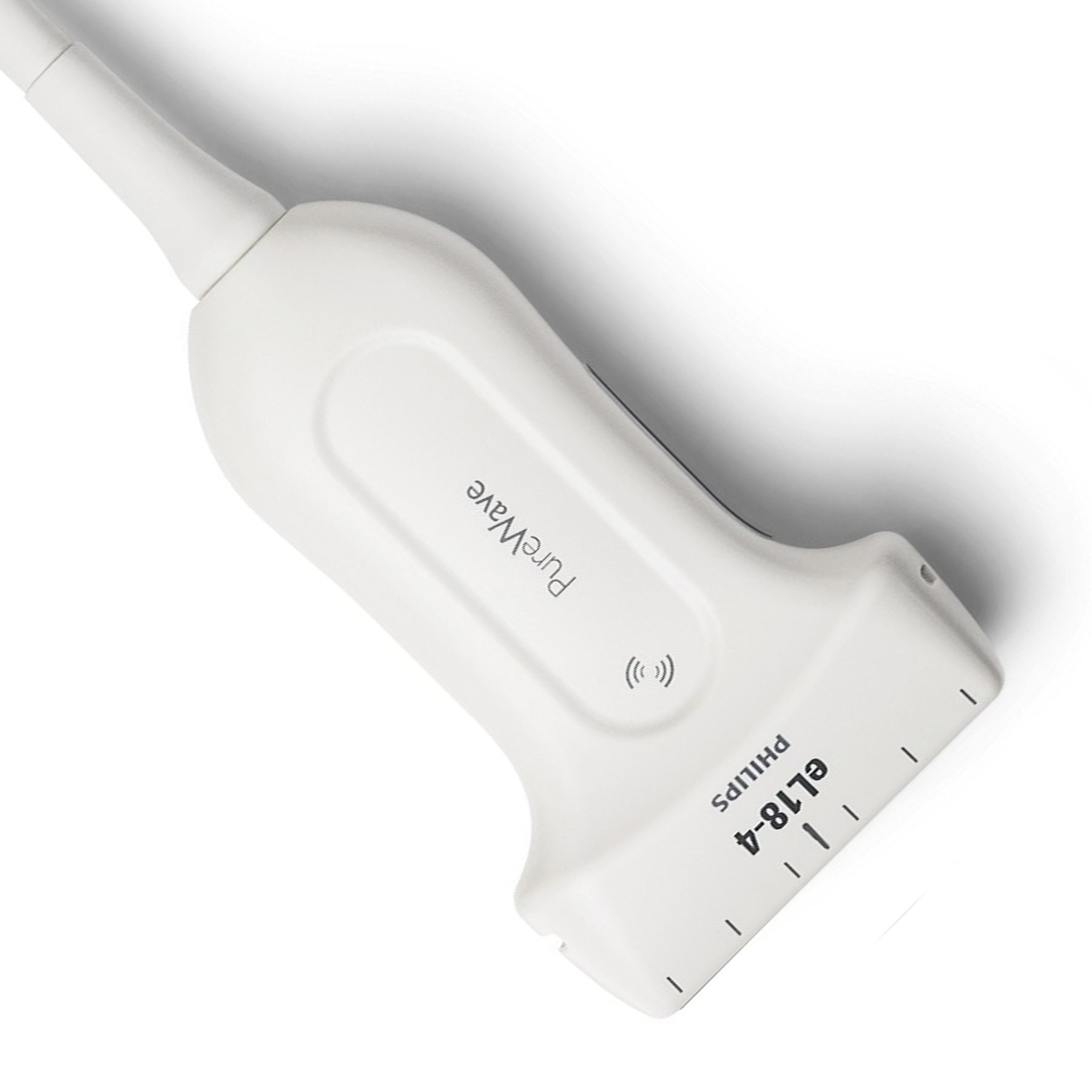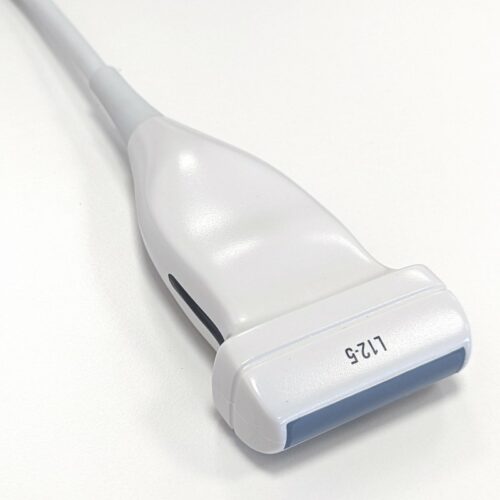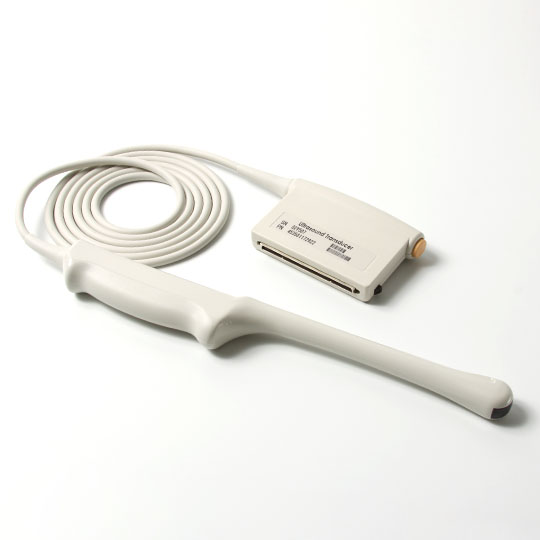Ultrasound machines are indispensable tools in modern healthcare, utilized across various medical specialties for diagnostic imaging. As with all medical equipment, dependability and efficacy are critical for proper diagnosis and patient care. However, determining the optimal replacement cycle for ultrasound machines is a complex decision influenced by multiple factors. In this article, we delve into the considerations surrounding the replacement frequency of ultrasound machines.
Importance Of Ultrasound Machine Replacement
Ultrasound technology has advanced significantly since its inception, with newer machines offering enhanced imaging capabilities, improved user interfaces, and streamlined workflows. As ultrasound plays a crucial role in diagnosing a wide range of medical conditions, ensuring access to the latest technological advancements is vital for delivering optimal patient care. Outdated machines may lack the imaging clarity and features necessary for accurate diagnosis, potentially compromising patient outcomes.
Technological Advancements
One of the primary drivers behind the replacement of ultrasound machines is technological advancement. Medical imaging is a dynamic discipline that is always innovating to improve imaging quality, diagnostic accuracy, and patient experience. Newer ultrasound machines often incorporate advanced features such as high-resolution imaging, 3D/4D imaging capabilities, Doppler imaging for assessing blood flow, and artificial intelligence algorithms for image analysis. Healthcare providers may consider updating obsolete devices to capitalize on technology improvements and remain at the forefront of diagnostic imaging.
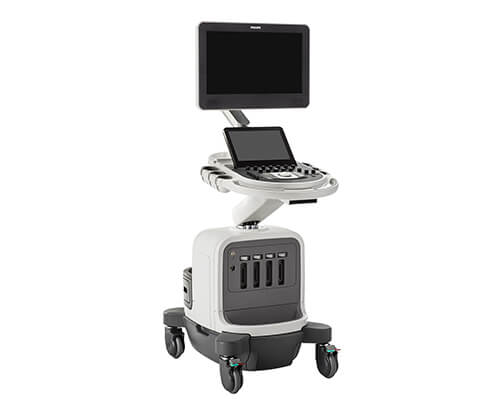
Clinical Guidelines and Recommendations
Professional medical organizations and regulatory bodies may provide guidelines or recommendations regarding the replacement of medical equipment, including ultrasound machines. These guidelines take into account factors such as technological obsolescence, equipment reliability, and patient safety. While specific recommendations may vary, healthcare facilities typically adhere to these guidelines to ensure compliance with industry standards and best practices. Regular assessments of ultrasound equipment against established guidelines help healthcare providers make informed decisions regarding replacement cycles.
Financial Considerations
The financial aspect plays a significant role in determining the replacement frequency of ultrasound machines. While newer machines may offer advanced features and improved performance, they often come with a higher upfront cost. Healthcare facilities must weigh the benefits of investing in new equipment against the financial resources available. Factors such as budget constraints, reimbursement rates, and projected return on investment influence the decision-making process. Some facilities may opt for phased replacement strategies to manage costs while gradually upgrading their ultrasound equipment over time.
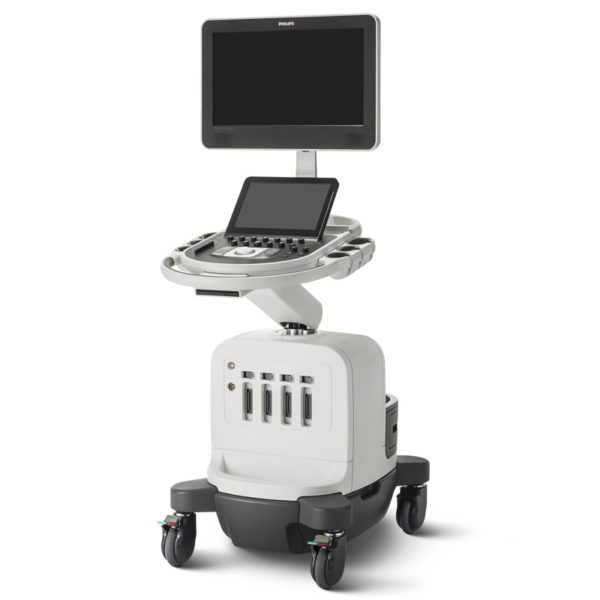
Affiniti 50 Ultrasound Machine
Maintenance and Repairs
Regular maintenance and prompt repairs can help extend the life of ultrasound devices, reducing the need for frequent replacements. Routine maintenance tasks include calibrating the equipment, inspecting for mechanical issues, and updating software as needed. Promptly addressing any malfunction or performance degradation can prevent costly downtime and ensure the continued reliability of the machines. Healthcare facilities with robust maintenance programs may be able to extend the operational lifespan of their ultrasound equipment, delaying the need for replacement.
Evolving Clinical Needs
The clinical needs of healthcare providers and their patient populations can evolve over time, influencing the demand for specific features and functionalities in ultrasound machines. Changes in clinical practice guidelines, medical research advancements, and patient demographic shifts may necessitate the adoption of new technologies or imaging modalities. Healthcare facilities must assess whether their existing ultrasound equipment adequately addresses the evolving clinical needs or if replacement is warranted to meet changing demands effectively.
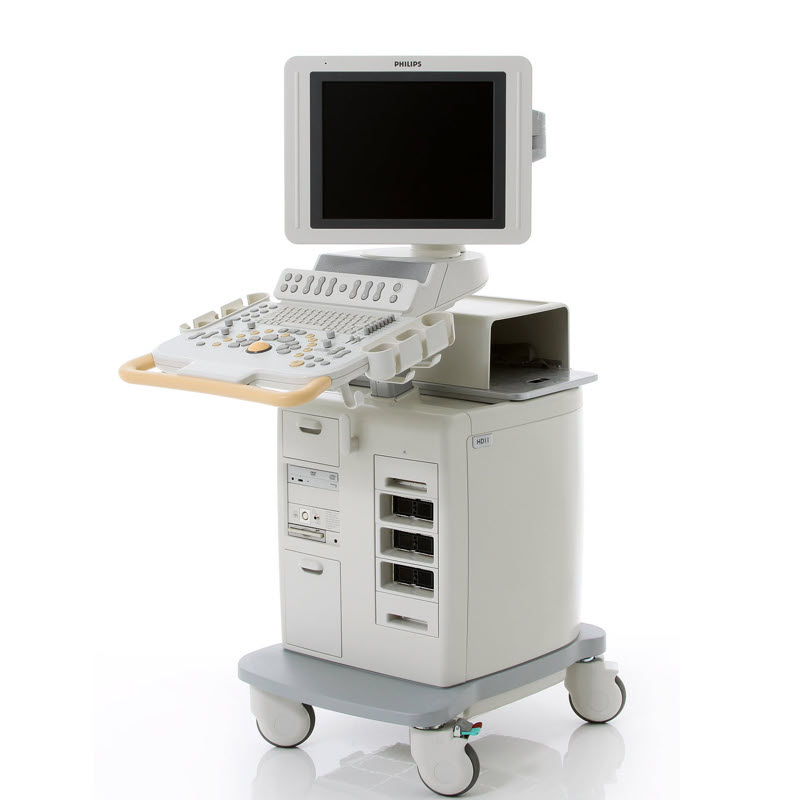
Considerations for Replacement Frequency
Determining the optimal replacement frequency for ultrasound machines requires a comprehensive evaluation of various factors, including technological advancements, clinical guidelines, financial considerations, maintenance practices, regulatory compliance, and evolving clinical needs. Healthcare facilities may create unique replacement methods based on their specific needs and resource constraints. Regular assessments of equipment performance, cost-benefit analyses, and consultations with medical professionals and equipment vendors can inform decision-making regarding ultrasound machine replacement.
Conclusion
Ultrasound machines are indispensable tools in modern healthcare, facilitating diagnosing and managing a wide range of medical conditions. If you want to change a new ultrasound machine for your medical, Xity is ideal for you. We not only specialize in providing various ultrasound machines but also provide a wide range of ultrasound probes. Click the link and welcome to get more details from our site now!
 English
English
 Русский
Русский

